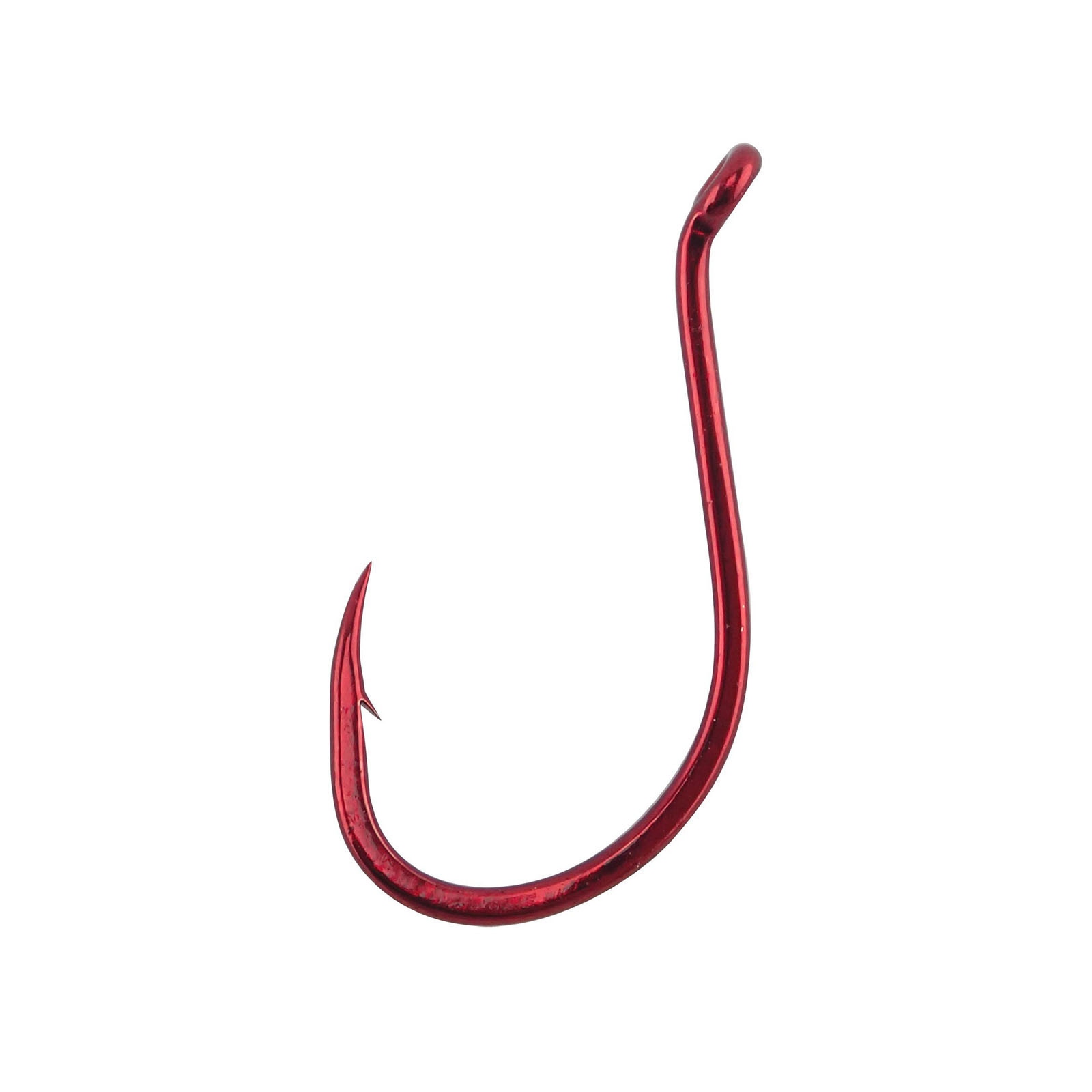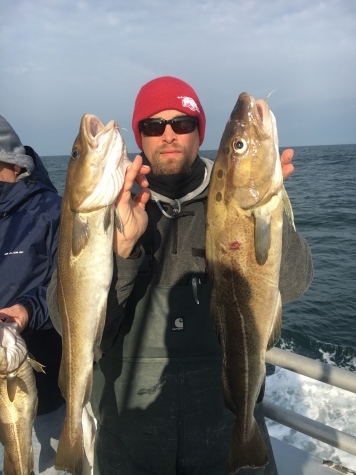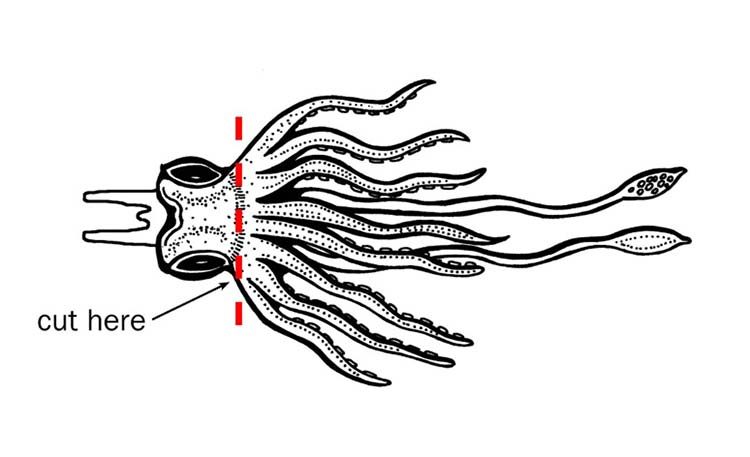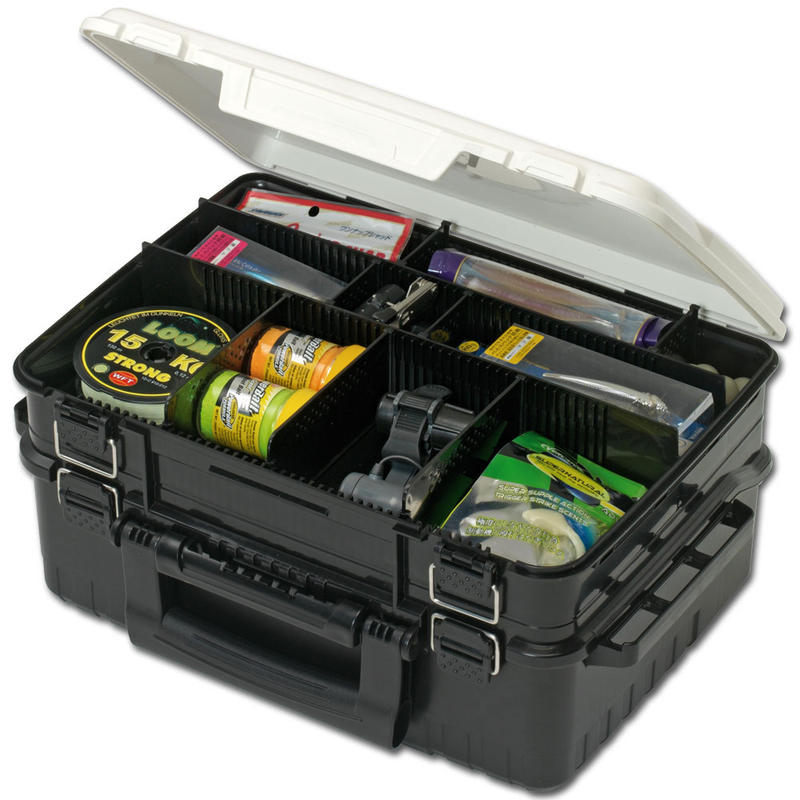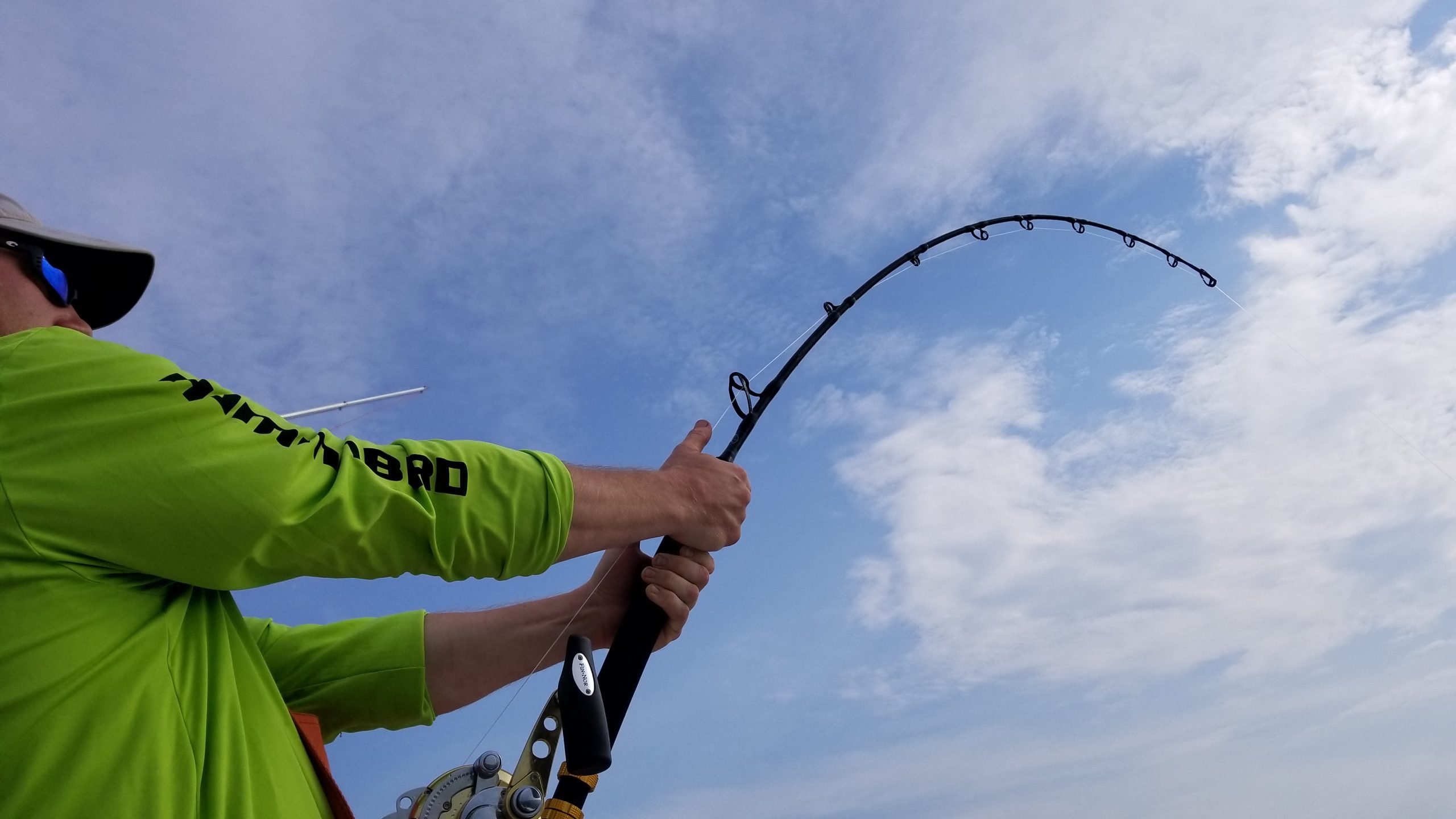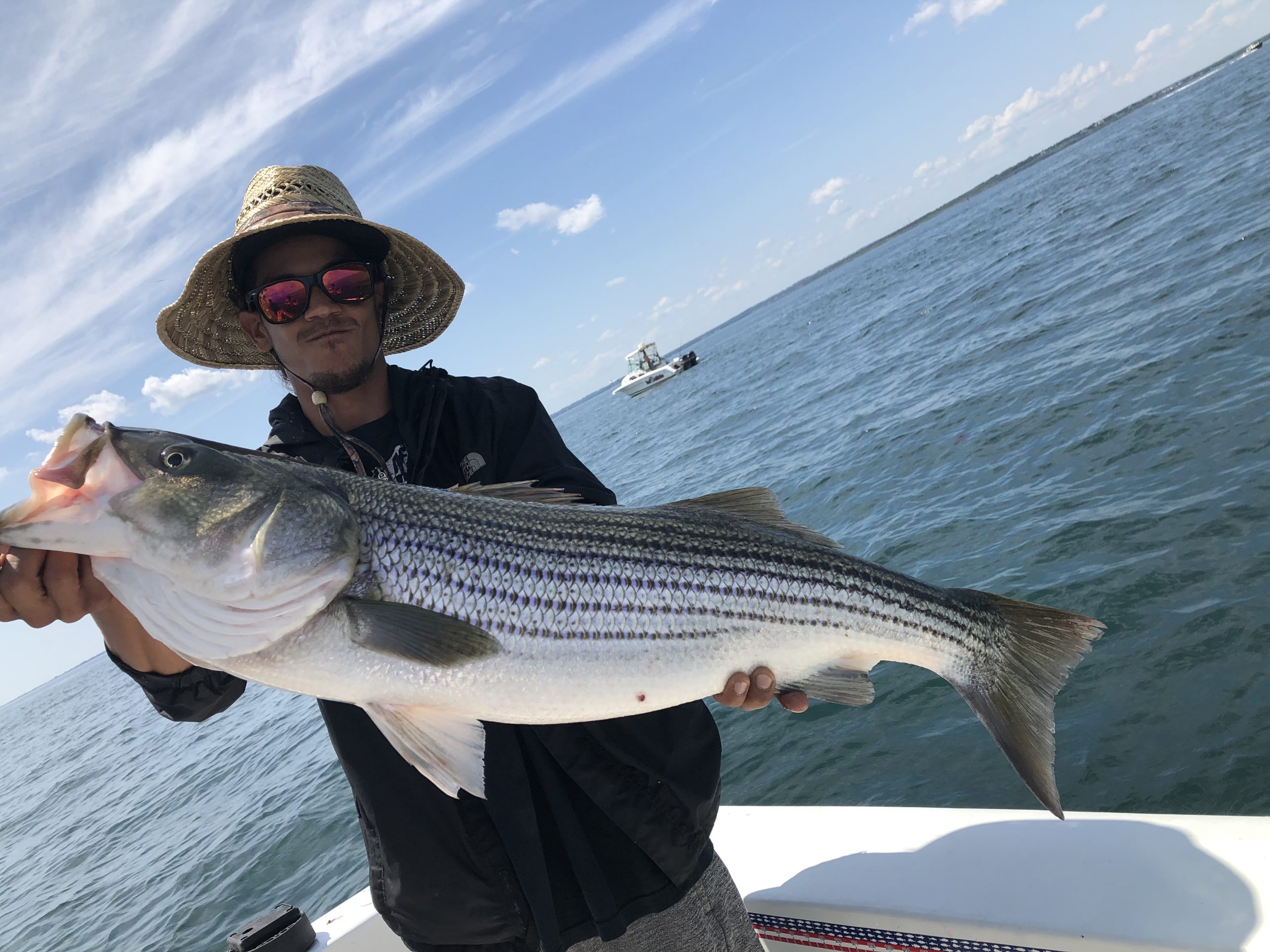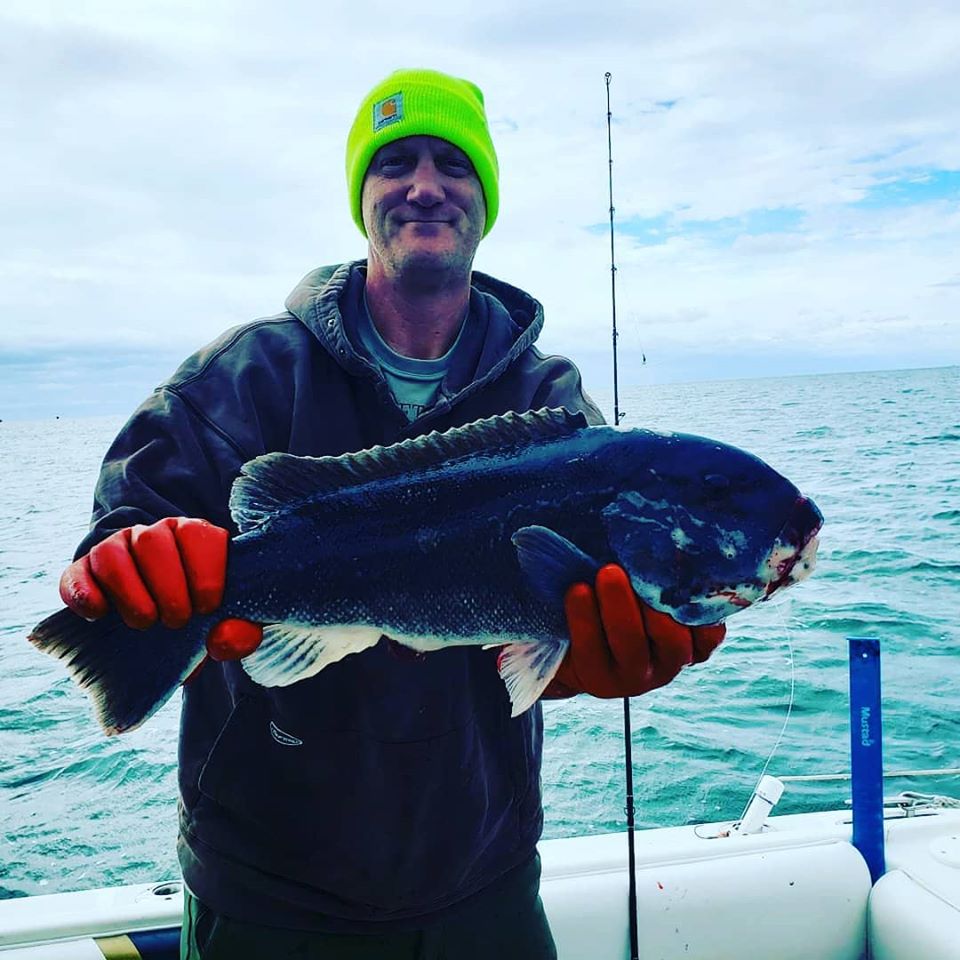Best sabiki rigs
The Best Sabiki Rigs: Which Ones Do You Need?
If you’ve ever been fishing, then you know that the proper rig is essential. You need a solid hook, a leader, a mid-weight rod, and a good reel.
If you’ve spent any time researching and reading about sabiki rigs, you know that there are a ton of different variations out there, and you can choose between a lot of different materials and sizes. When picking out the perfect rig, think about the type of fishing you plan to do, the type of fish skin you plan to catch, and the size of the line you plan to use. There are some rules to sabiki rigging, but they aren’t very strict, and you can easily bend them if you need to. If you’re looking for the best sabiki rig, you need to look for the best materials and sizes that can provide the best balance of strength and flexibility, and the best rig for your specific fishing needs.

There are two main types of rigs used to catch sabiki fish, the horizontal and the vertical.
What is the best sabiki rig for mackerel?
Sabiki rigs, which come in a variety of styles and sizes, are basically just pieces of material that fit over the tail of fish skin to keep it straight and upright. Mackerel are usually hung upside down using their heads and tails to hold them up while they’re drying.
This is a slow process that takes anywhere from a week to several weeks to complete. Once they’re completely dry, the head and tail are cut off and the rest of the meat is trimmed. It’s a very tedious process, so it makes sense that a lot of people will have invested a good amount of time and money into building the perfect rig for mackerel.

Sabiki rigs can be made out of wood, plastic, metal, or even bone. The type of material you use depends on the size of the fish skin and the design of the rig. You should make sure that the piece of equipment you use is made of high-quality materials and that it will last a long time. Some of the most popular materials used for making sabiki rigs include plywood, hardboard, aluminum foil, paper, and cardboard.
What weight should a sabiki rig be?
There are a couple of schools of thought on this subject. Most seasoned anglers agree that a sabiki rig should be weighted down with lead or other heavy objects such as stones. The theory is that by adding weight, you increase the drag on the line, slowing down the fish skin, and giving anglers a better chance to hook and catch their prey.
The problem is that lead is a toxic metal, and anglers who use a sabiki rig may be poisoning themselves or their family and friends. In addition, the weight adds bulk to the line, making it more difficult to cast.
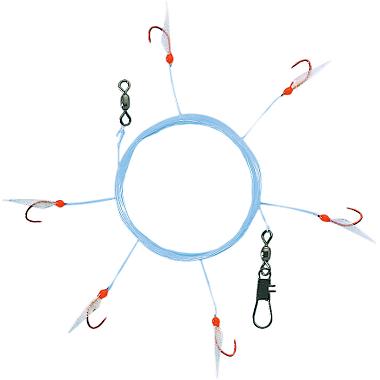
Angling with a sabiki rig is easy once you learn how to do it. The first step is to select the right sabiki rig. Then, you should determine how to make it sink. Next, choose the best method to add weight to the rig. Once you have a sabiki rig, it is ready to go with sabiki and fishing hooks. The best sabiki rigs are made from materials such as aluminum, plastic, lead, and copper.
They are all suitable rig assorted fishing baits. The type of sabiki you choose should be based on what you want to use the sabiki rig for. If you want to use the rig to catch fish skin, you should probably choose an aluminum or plastic sabiki. The lead or copper sabiki can be used for trolling and anchoring purposes. It’s really up to you what type of sabiki you choose.
What can you catch with a sabiki rig?
If you’re considering trying out a sabiki rig for your next fishing bait rigs trip, it’s important to know what to expect. You’ll want to make sure that it’s sturdy enough to handle the weather and weight of a fish. You should also test it out in conditions that mimic the ones you’ll experience fishing lures bait rigs. Make sure you have plenty of hooks and sinkers available and test out the rig on a flat, level surface.
While a sabiki rig does look impressive when used in front of a fishing line, there’s nothing particularly special about it. However, there are a couple of techniques that might improve your chances of success. The first is to keep your line in the water and look for freshwater and saltwater species. The second is to keep the bait moving along the bottom. And finally, make sure your hooks are sharp and that your line is very long.
How effective are sabiki rigs?
While they’re definitely one of the most convenient methods of reeling in a fish, sabiki rigs have some inherent problems. One of them is that they tend to break more often than traditional string baits rigs. Another problem is that if the line breaks while the fish is still in the water, the luminous fishing head lures fish could end up getting tangled up in the rig.
These two things are bad for two reasons: first, the rig may take longer to reel in the fish (which could lead to an increase in stress on the fish), and second, if the line breaks in the middle of the fish, it could cause the fish to thrash around and fight harder to escape the rig.
With all of that being said, you still have to make sure that you don’t end up with too many fish and that your lines aren’t tangled. A sabiki rig can help keep all of this in mind.
A more common problem with this type of rig is that they tend to break a lot. The main reason for this is that they are made from different materials than regular fishing lines. Sabiki lines are usually much thinner, which means that the rig will be less durable.
It may also become too flexible and easily break. Sabiki rigs can also break more often than other kinds of rigs. If you use this type of rig, make sure that you use a very thick line and keep an eye on it. This will prevent the line from breaking. When using this type of rigging, try to have a backup plan in case it breaks. If it does, you could lose your catch if you don’t have a backup line.
Conclusion
Sabiki rigs are extremely versatile and easy to use and transport. The weight of the sabiki rig makes them easy to use and carry around. The long barbed hook allows you to fish anywhere on the body of the water and easily let go when a fish is hooked. This rig is an excellent choice for fishing lines on the flats where there are lots of rocks and weeds. They are also very good for trolling, where the long barbs are designed to penetrate through the bottom, creating a large wake, which attracts larger fish. When it comes to size, a 5/0 or 8/0 sabiki rig is recommended. This is because these are the best hooks to use when catching larger fish. However, a 5/0 or 8/0 is only suitable for flat fishing, and not trolling.




